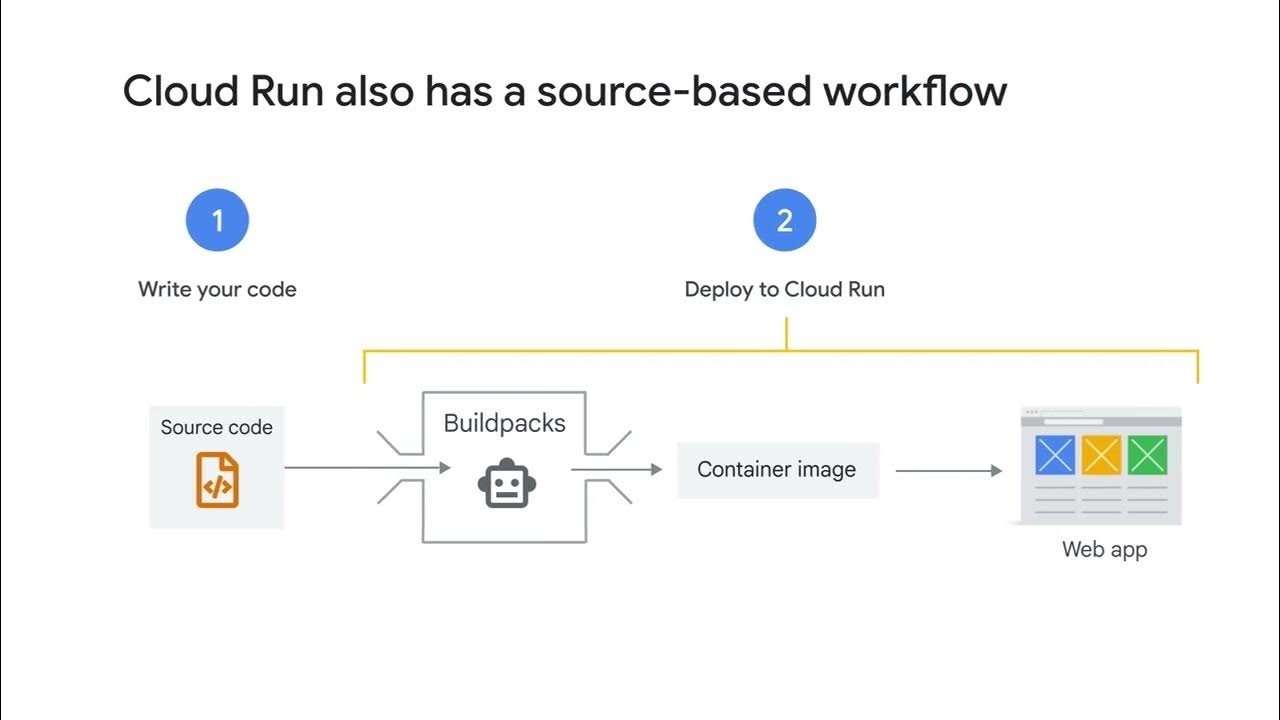Part 1: ABAP RESTful Application Programming Model (RAP) - Introduction
Summary
TLDRThis video introduces the RESTful Application Programming (RAP) model in SAP, comparing it with Cloud Application Programming (CAP). RAP, based on ABAP, is suited for teams with expertise in SAP's ecosystem, while CAP is more appropriate for open-source languages like Node.js and Java. The video covers RAP's evolution from older models and addresses its improvements, including the use of CDS entity views, Behavior Definitions, and service binding for building Fiori applications. It provides an overview of the steps required to create applications and APIs, from table creation to service exposure, demonstrating RAP's advantages for both cloud and on-premise environments.
Takeaways
- 😀 RAP (Restful Application Programming Model) is primarily used for developing services and APIs using ABAP language, especially for companies with expertise in ABAP.
- 😀 CAP (Cloud Application Programming Model) is an alternative to RAP, using open-source languages like Node.js, Java, and Python, suited for companies with expertise in those technologies.
- 😀 The choice between RAP and CAP depends on a company's expertise. If the team is proficient in ABAP, RAP is ideal; otherwise, CAP would be more suitable.
- 😀 RAP is available both on the SAP Cloud Platform and S/4HANA 1909 and later versions, with new features being released quarterly for the cloud and yearly for on-premise systems.
- 😀 The main components of RAP include ADT (ABAP Development Tools), CDS language, and a powerful framework that works behind the RAP model.
- 😀 Before version 7.5, SAP used Classic ABAP, which involved web dynpro and floor plan manager. Post-7.5, SAP introduced the ABAP Application Programming Model for Fiori apps.
- 😀 Previous models had limitations, such as CDS views being read-only and BOPF creating excessive auto-generated code, which was hard to debug.
- 😀 RAP improves upon these limitations by introducing CDS Entity Views, which support both read and write operations and provide better error handling during development.
- 😀 RAP allows the creation of transactional apps by using Behavior Definitions, which define operations like insert, update, delete, and validation.
- 😀 The RAP development flow consists of creating tables, defining CDS views, setting up behavior definitions, implementing methods, and creating service definitions and bindings to expose APIs via OData services.
- 😀 Once the service is bound, an ICF node is created in the backend system, providing a URL to preview the application directly from ADT.
Q & A
What is the difference between RAP and CAP in SAP application development?
-RAP (RESTful Application Programming Model) uses ABAP language to develop applications or services, while CAP (Cloud Application Programming Model) allows the use of open-source languages like Node.js, Java, and Python. The choice between RAP and CAP depends on the company's expertise in ABAP or open-source languages.
What are the primary components of the RESTful Application Programming Model?
-The primary components of RAP include ADT (ABAP Development Tools) in Eclipse, ABAP CDS (Core Data Services) language, and the powerful framework behind RAP that supports the development of applications or APIs.
Why was the RESTful Application Programming Model introduced in SAP?
-RAP was introduced to overcome the limitations of the previous ABAP application models like CDS views and BOPF. These limitations included the inability to create transactional apps with just CDS views and issues with error handling and auto-generated code in BOPF.
What is the difference between managed and unmanaged implementations in RAP?
-In a managed implementation, the application is developed from scratch, typically starting with a custom table and building CDS views and behavior definitions. In an unmanaged implementation, the development is based on an existing code base that is adapted for use in the RAP framework.
What role do CDS views play in the RAP framework?
-CDS views in RAP serve as the foundational data models, representing database tables. They can be read-only views or, when extended with behavior definitions, support insert, update, and delete operations for transactional applications.
What are behavior definitions in the RAP model?
-Behavior definitions specify the operations that can be performed on a CDS view or data model, such as insert, update, delete, and validations. These operations must be implemented in the subsequent behavior implementation phase.
How are business objects defined in the RAP framework?
-A business object in RAP is a composition of multiple entities, where each entity is represented by a CDS view. One of these views must act as the root view of the business object, with the others being related to it.
What is the function of service definitions in RAP?
-Service definitions in RAP expose the CDS views as services, typically as OData services, making them accessible to external applications or systems via URLs. These services enable the use of the data and business logic encapsulated in the CDS views.
What does the service binding step do in RAP development?
-Service binding creates an SICF node in the backend system and automatically generates the URL for accessing the service. This step simplifies the process of making the service available to users and systems.
How does RAP help in developing Fury applications?
-RAP provides a streamlined approach to building Fury applications by handling the backend services, such as CDS views, behavior definitions, and service definitions, and exposing them via OData services for use in UI applications like list reports and overview pages (OVPs).
Outlines

This section is available to paid users only. Please upgrade to access this part.
Upgrade NowMindmap

This section is available to paid users only. Please upgrade to access this part.
Upgrade NowKeywords

This section is available to paid users only. Please upgrade to access this part.
Upgrade NowHighlights

This section is available to paid users only. Please upgrade to access this part.
Upgrade NowTranscripts

This section is available to paid users only. Please upgrade to access this part.
Upgrade NowBrowse More Related Video
5.0 / 5 (0 votes)





